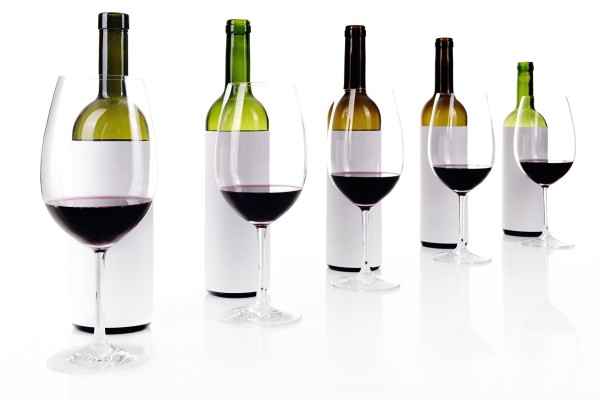 75+ wines reviewed below, including the latest from Amity, Amos Rome, Andante, Archery Summit, Avennia, Bartholomew, Christopher Michael, Desert Wind, Domaine Roy & Fils, Evolution by Sokol Blosser, Fielding Hills, Grosgrain, Kings Ridge, L’Ecole No. 41, Liminal, Sokol Blosser, Tirriddis, Underwood, and Yellowhawk.
75+ wines reviewed below, including the latest from Amity, Amos Rome, Andante, Archery Summit, Avennia, Bartholomew, Christopher Michael, Desert Wind, Domaine Roy & Fils, Evolution by Sokol Blosser, Fielding Hills, Grosgrain, Kings Ridge, L’Ecole No. 41, Liminal, Sokol Blosser, Tirriddis, Underwood, and Yellowhawk.
Bordeaux and Rhône varieties have long had hegemony over their Italian counterparts in Washington. Even going back nearly 25 years to Washington’s 1999 acreage survey, plantings of Sangiovese were scarce (100 acres) compared to Cabernet Sauvignon (5,000).
Time has only magnified the difference. In 2017, the state’s last official acreage survey, there were 18,608 acres of Cabernet Sauvignon. It is far and away the state’s most planted variety. How far? Cabernet is more than double the next most planted grape variety. Acreage has increased by 372% since 1999.
Sangiovese, meanwhile, increased from its modest 100 acres in 1999 to a peak of 220 acres in 2002. Since then, acreage declined to 134 acres, a modest 34% increase from 1999. Other Italian varieties, meanwhile, are even more scarce and are lumped into the ‘Other Red’ category in acreage surveys and production reports.
This to me, however, is part of what makes Washington so interesting. Two of the most exciting wines below are seldom-seen blends of Italian varieties.
The first comes from Walla Walla Valley’s Grosgrain Vineyards. Grosgrain was founded in 2018 by Matt and Kelly Austin with the explicit intention of championing ‘underdog’ varieties.
At the winery’s Old Milton Vineyard, there are plantings of Nebbiolo and Aglianico, two varieties well off the radar in Columbia Valley. Below, I review the winery’s 2021 Rosso from these plantings. It’s a co-fermented blend of Aglianico and Nebbiolo. If you’re looking for a wine with crunchy red fruit, this is it.
Overall, Grosgrain has been charting an entirely new path for Washington wine, both in terms of style and substance. This is just another example. While Grosgrain works with a number of uncommon varieties, even its Cabernet Sauvignon and Syrah present differently than anything else in the state.
The other wine, meanwhile, comes from Bartholomew. The winery was founded by Bart Fawbush in 2007. Over time, Fawbush moved production from Woodinville to Kennewick.
The winery’s website states “We think outside of the box and take risks that most wineries don’t.” You will find these risks in the winery’s ‘Super Italian’ wine, a blend of Aglianico, Primitivo, and Sagrantino from the 2020 vintage. You will also find it in their Negroamaro, a seldom seen offering in the state. Both are lovely, food-friendly wines.
To be clear, are Sangiovese, Aglianico, Nebbiolo, Italian varieties, or blends going to be take over the state? No. But they can make beautiful wines here. Of course, you’re going to need to venture to tasting rooms to see them.
But that is part of the excitement of Washington wine – the exploration. The discovery. The unexpected. And yes, the state makes boatloads of great Cabernet Sauvignon and Syrah too.
* * *
At Northwest Wine Report, all scores come from blind tastings in varietal/style sets. Read more about this site’s process for rating and reviewing wines. See Northwest Wine Report rating system and special designations. Read about how to interpret scores. See a list of recently reviewed producers.
Note that access to reviews and ratings at Northwest Wine Report now requires a subscription. Wineries submitting wines are under no obligation whatsoever to subscribe and can receive reviews freely after they have been published by contacting [email protected].
NOTE: Northwest Wine Report currently has 70% of the minimum number of paid subscribers needed to be financially viable. Please subscribe to support continued independent content and reviews on this site.
To receive articles via email, click here.


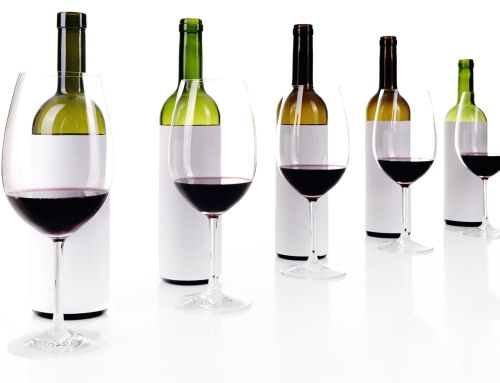
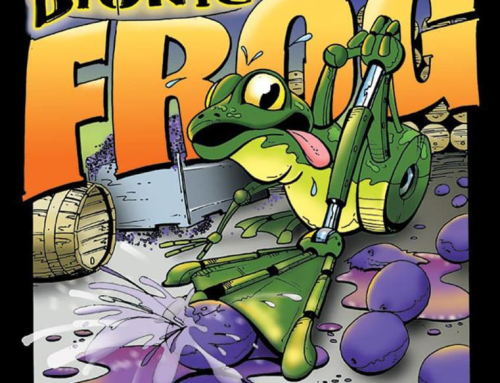
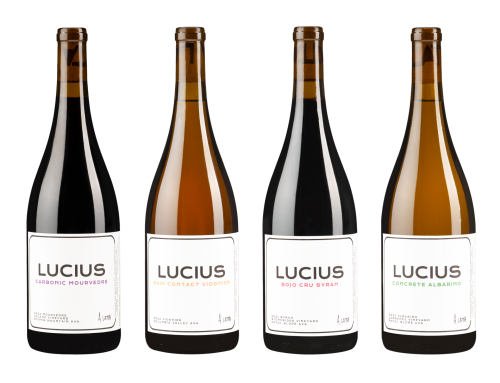
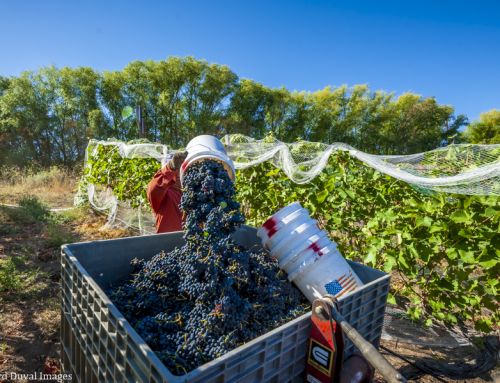

Leave A Comment